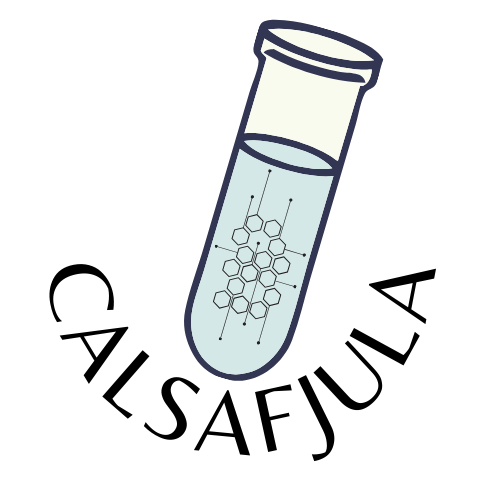How Inefficient Workflows Are Slowing Down Innovation and Costing Investors Millions
5 Minute Read

In the fast-paced world of STEM, speed to innovation is everything. Yet, many companies are unknowingly bleeding investor money due to inefficient workflows, bottlenecks, and outdated project management practices.
The harsh reality? 🚨
- 40% of R&D budgets are wasted due to delays, redundancies, and inefficiencies.
- Poor workflow management leads to slower product development, missed funding milestones, and investor frustration.
- Investor ROI erodes when companies fail to show tangible progress or commercial viability.
So, what’s causing the problem—and how can you fix it?
1. Identifying the Root Causes of R&D Bottlenecks
🚨 Symptoms of Inefficient Workflows:
❌ Overloaded teams & skill mismatches – Too many researchers working on low-impact tasks while high-priority initiatives lack the right expertise.
❌ Lack of automation – Manual data collection, repetitive reporting, and outdated tools slow down progress.
❌ Fragmented communication – Siloed teams struggle to collaborate, leading to rework and inefficiencies.
❌ Slow decision-making – Leadership delays and lack of structured project tracking keep projects from moving forward.
2. The True Cost of Inefficiency: How It Erodes Investor ROI
Investors expect tangible progress—whether in patents, prototypes, commercial applications, or partnerships. When inefficient workflows delay results, companies face:
💸 Loss of investor confidence – Investors may hesitate to provide additional funding.
💸 Increased R&D costs – Unnecessary delays lead to extended development timelines and wasted budgets.
💸 Missed market opportunities – Slower innovation cycles allow competitors to launch first and capture market share.
📌 Example: A biotech firm lost a $10M funding opportunity because its disorganized R&D workflows delayed clinical trial approvals, causing investors to redirect their funds elsewhere.
3. How to Fix the Mistakes & Streamline STEM Innovation
🚀 1. Implement Agile R&D Workflows
- Use milestone-driven project tracking to keep teams accountable.
- Break projects into manageable sprints with regular progress check-ins.
- Ensure real-time reporting for transparency with stakeholders.
🚀 2. Automate & Digitize Research Processes
- Implement AI-driven data analysis to eliminate manual reporting.
- Use automated tracking tools to monitor experiments, prototypes, and findings.
- Reduce administrative overhead so scientists can focus on innovation.
🚀 3. Align Talent to High-Impact Projects
- Conduct skills audits to ensure the right researchers are assigned to the right projects.
- Use external talent from hackathons or innovation challenges to bring fresh expertise and speed up solutions.
- Avoid overloading teams with non-essential tasks that stall progress.
🚀 4. Leverage STEM Events to Break Bottlenecks
- Hackathons help solve technical problems faster by crowdsourcing solutions.
- Think Tanks provide strategic guidance, helping leadership identify the most promising R&D directions.
- Innovation Challenges engage external experts to inject new ideas and rapid problem-solving into stalled projects.
4. The ROI of Optimized Workflows: What Companies Gain
🔹 30-50% faster project completion with streamlined processes.
🔹 Increased investor confidence, leading to higher funding rounds and strategic partnerships.
🔹 Lower operational costs due to automation and reduced inefficiencies.
🔹 Faster commercialization of research, leading to patents, product launches, and new revenue streams.
📌 Example: A nanotechnology startup cut its R&D cycle time in half by adopting an agile workflow, securing a $15M investment within 12 months.
R&D Success Depends on Workflow Efficiency
Innovation bottlenecks aren’t just frustrating—they are costing millions in lost funding and missed opportunities. Companies that optimize their R&D workflows can significantly accelerate innovation, reduce costs, and increase investor confidence.
🔹 Want to remove bottlenecks and maximize your R&D efficiency? I specialize in structuring STEM innovation strategies that drive measurable results. Contact me at casim@calsafjula.com to schedule a meeting.









